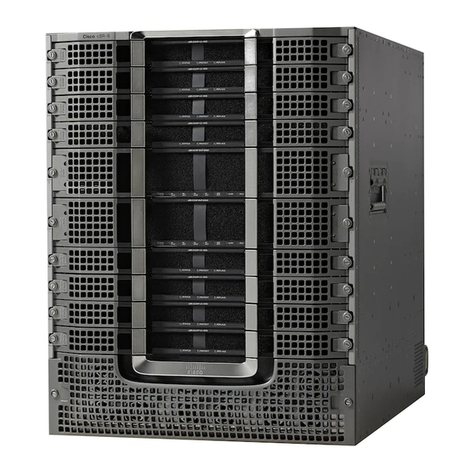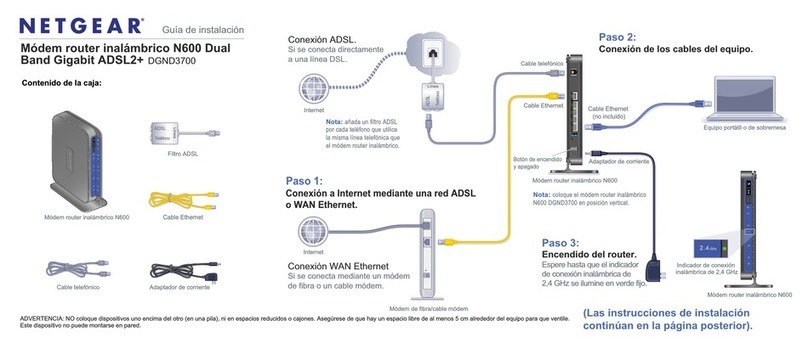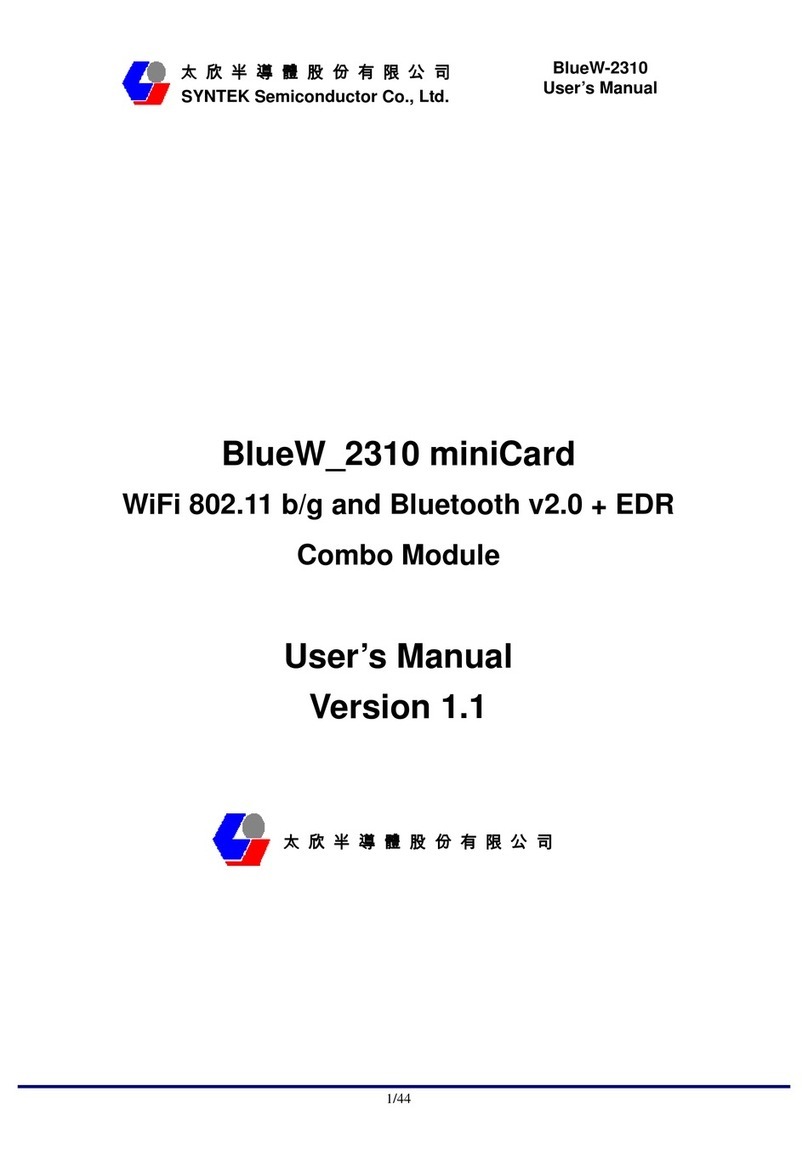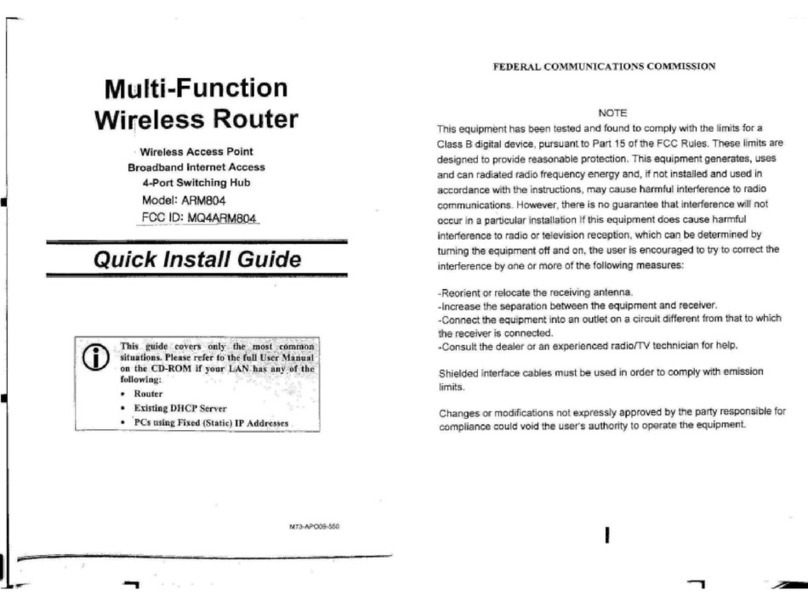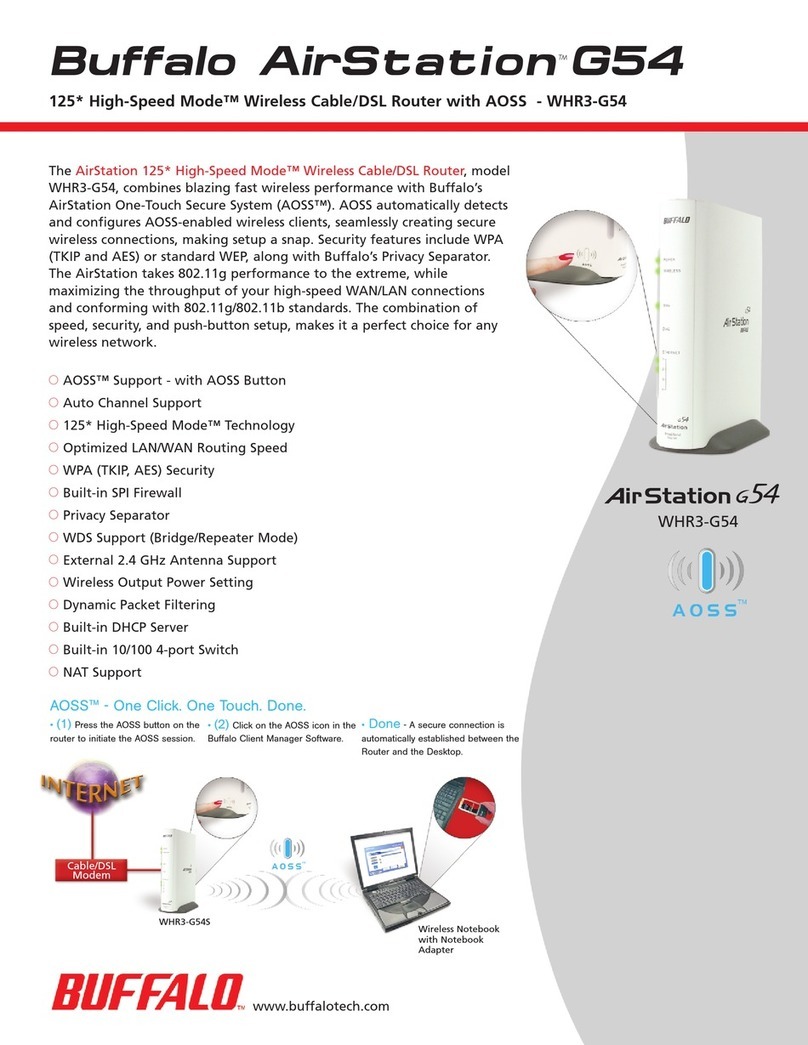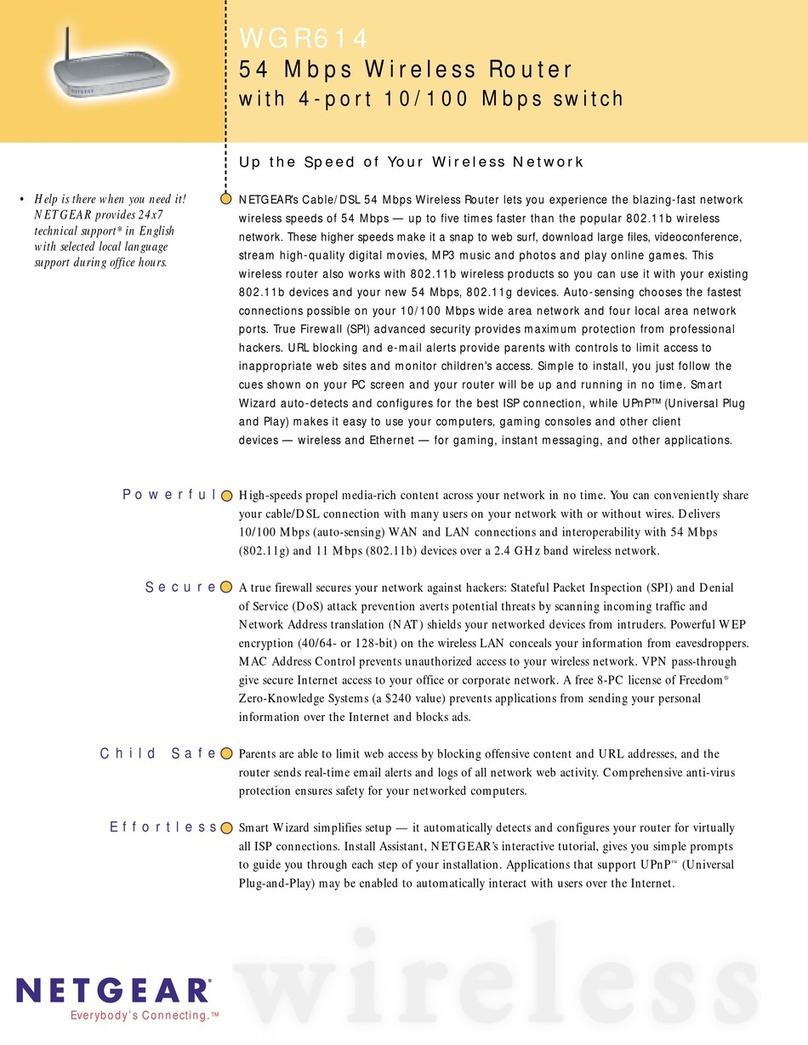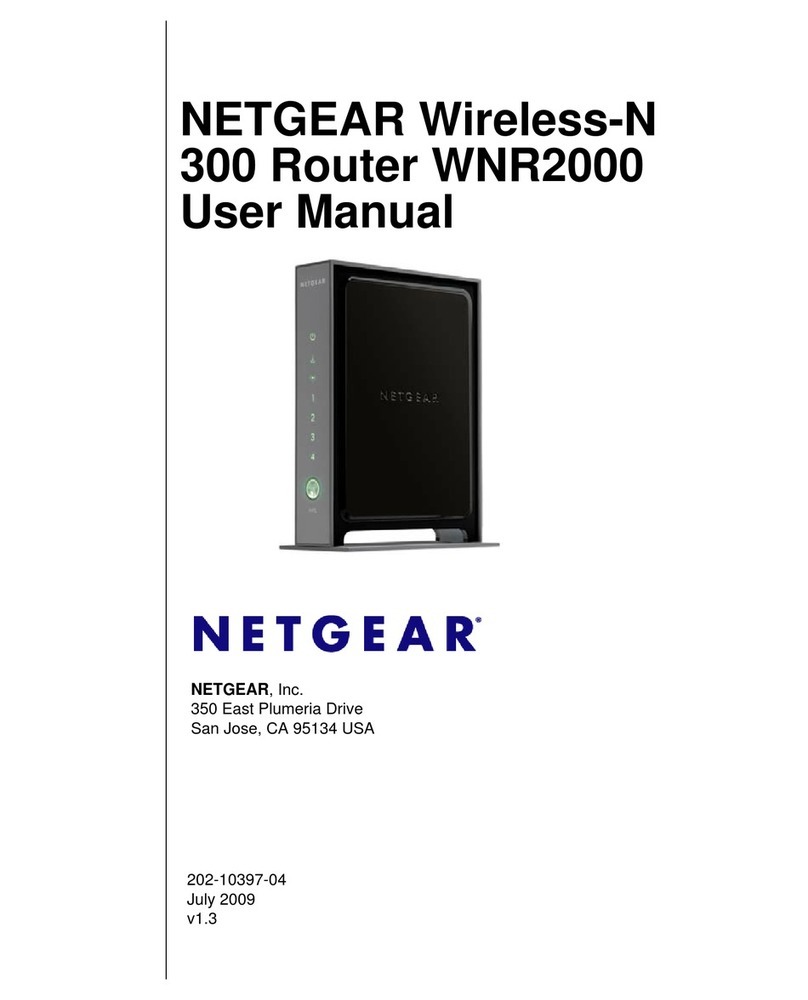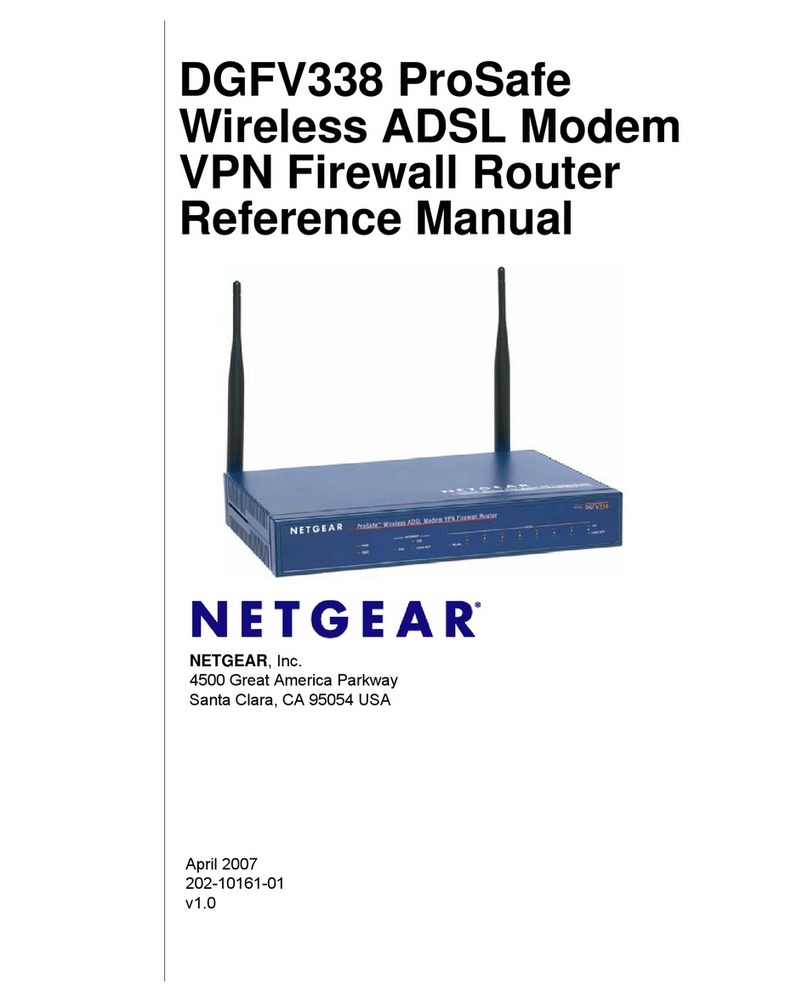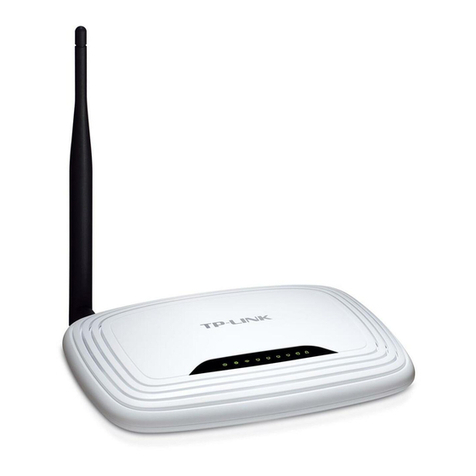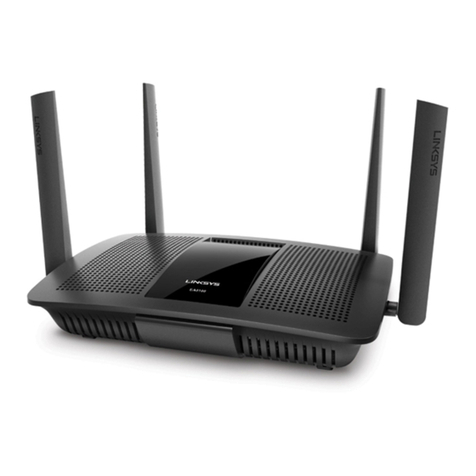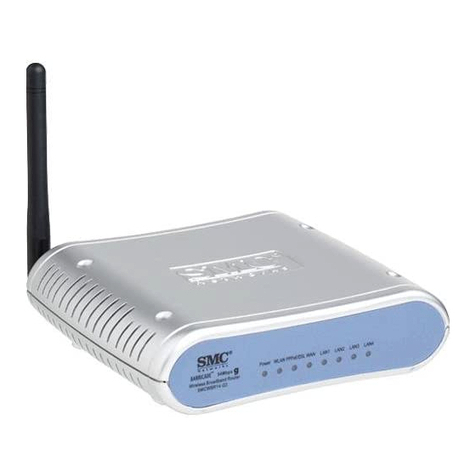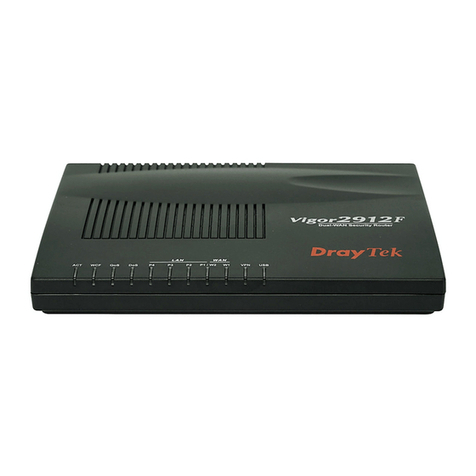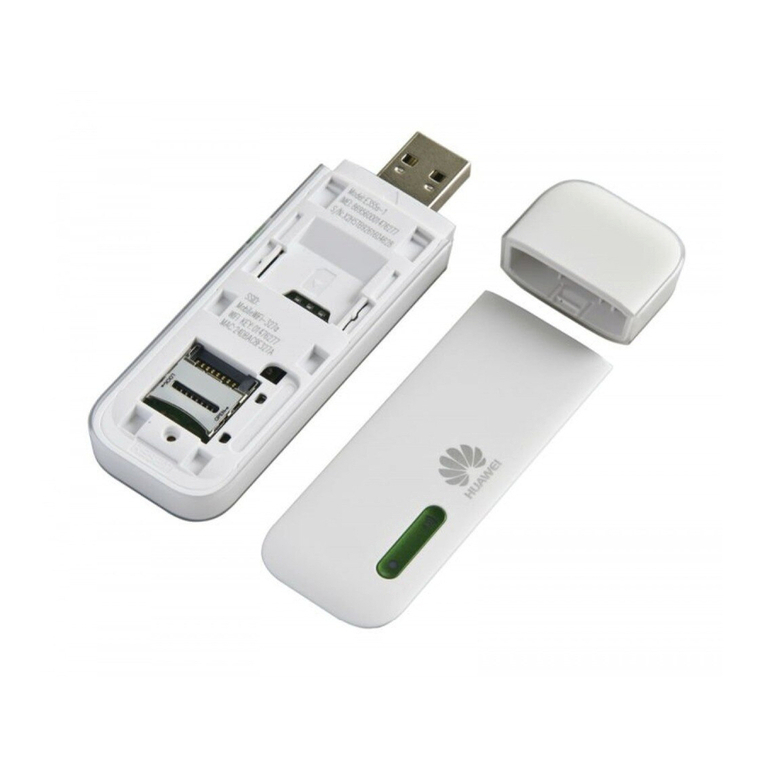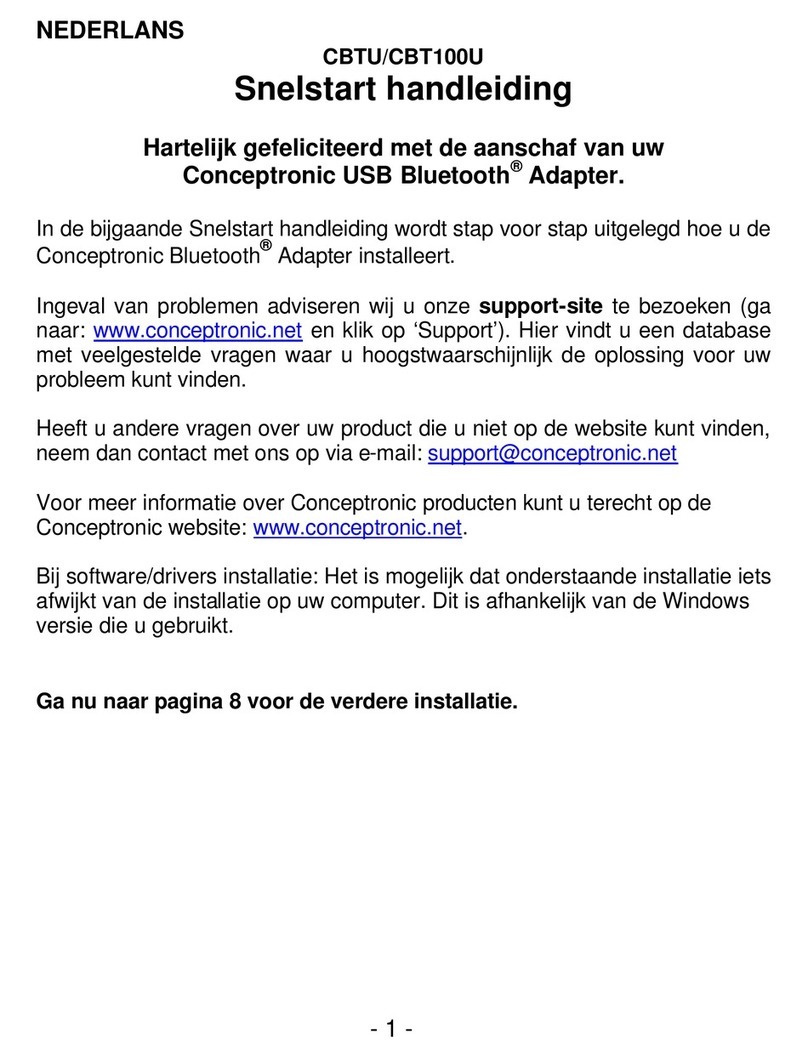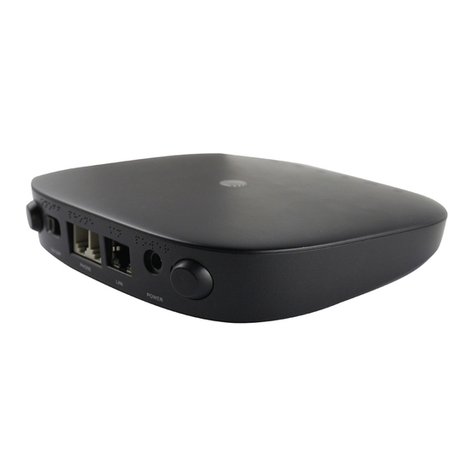OSEE IRS3232 User manual

IRS Router
User Manual


3
Product Information
Model: IRS3232 Router
Version: V010002
Release Date: April 29th, 2015
Company
OSEE TECHNOLOGY CO., LTD.
Contact Information
Address: No.22 Building, No.68 zone, Beiqing Road, Haidian District,
Beijing, China
Post Code: 100094
Tel: (+86) 010-62434168
Fax: (+86) 010-62434169
Web: http://www.osee-dig.com/
E-mail: [email protected]

About this manual
Important
The following symbols are used in this manual:
The further information or know-how for described subjects above which
helps user to understand them better.
The safety matters or operations that user must pay attention to when
using this product.
Contents
The user manual applies to the following device types:
IRS3232
The images of IRS3232 are adopted in the following descriptions.
Any of the different specifications between the device types are elaborated.
Before reading the manual, please confirm the device type.

I
Contents
Contents ..........................................................................................................I
Chapter 1 Overview .......................................................................................1
Chapter 2 Safety.............................................................................................3
Chapter 3 Unpack and Installation ...............................................................7
Chapter 4 Device Features............................................................................9
4.1 Outward Appearance..........................................................................9
4.1.1 Front Panel Features ......................................................................10
4.1.2 Rear Panel Features.......................................................................10
Chapter 5 Device Application .....................................................................15
5.1 Network..............................................................................................15
5.2 Operations.........................................................................................16
Chapter 6 Network Control..........................................................................17
6.1 Access the settings...........................................................................17
6.2 Network Control................................................................................18
6.2.1 STATUS .........................................................................................18
6.2.2 REMOTER......................................................................................22
6.3 Example .............................................................................................24
Chapter 7 Specifications.............................................................................27


Overview
1
Chapter 1 Overview
The IRS Series routers are designed for easy control by the IRS Series remote
control panels, the routers are a series of Matrix products developed by OSEE
with high intelligent and low cost, which applied to medium and small sized
broadcast system switching digital HD/SD signals. This series of products can
support up to 32 embedded digital HD/SD signals which is transmitted in
independent bus and meet the medium and small sized signal dispatching
system’s demands.
The IRS Series routers offer 32X32 type. The series products support network
control which is easily accessible from any computer equipped with an
Ethernet port, and the device configuration is performed using a simple
user-friendly web page. Advanced functionalities such as locks and protects
are fully supported. As the simple operation, the users can simply operate the
switchers without mistake.
The IRS Series products can be applied to the broadcast system on the carrier
signal scheduling, are suitable for broadcast room, master control room, studio,
and other areas of a variety of real-time applications, to switch the SDI input
signal to the output signal.
Figure 1-1 A Diagram of Remote Control Panel
Features
Support up to 32 digital signals output switching, including HD, SD and
3G signals.
Use Ethernet control and UDP protocol to achieve flexible and reliable
control process.
Support NETWORK protocol, which enables network control.
Support computer remote control, which is easy and convenient.
Dual redundant power supply and automatic balanced input cable
ensure high-reliability and high-stability.

Overview
2
Support power off memory, the output and the signal source will keep
the relationship after power off or power restarted.
Functionality
The buttons of the IRS series show the reality of the current work
status of each signal. It would monitor and text each channel of input
signal. The button is tri-color key. Normal signal lights GREEN while
the non-normal signal lights RED.
The IRS series support intelligent protection function in order to
avoiding "misuse". When the input signal is detected abnormal, the
switching operation for output would be invalid.
Support automatic switching function. It has a direct access to
BYPASS input signal. When the PGM main output signal is abnormal,
the output will automatically switch to the BYPASS signal.
Support network supervisory control, and use the network control page
to supervise and configurate the Remote Control Panel.
Support Ethernet control to the Remote Control Panel and the Router.
Support multiple control modes: native panel control, remote panel
control and remote computer control.
Support dropping hints function. When in a broadcast system, there
are several routers connecting with several remote control panels,
when the remote control panel hasn’t received the signal sending from
the router in 4 seconds, all lights of the remote control panel would be
flashing, and they will stop flashing when the signal recover.
Output protection: if the signal source is vacant, it will not permit to
switch to this channel in case of improper operation.
Flow Chart
Figure 1-2 The Flow Chart of Data Processing for Router

Safety
3
Chapter 2 Safety
FCC Caution:
Any Changes or modifications not expressly approved by the party responsible
for compliance could void the user's authority to operate the equipment.
This device complies with part 15 of the FCC Rules.
Operation is subject to the following two conditions: (1) This device may not
cause harmful interference, and (2) this device must accept any interference
received, including interference that may cause undesired operation.
Note: This equipment has been tested and found to comply with the limits for a
Class B digital device, pursuant to part 15 of the FCC Rules. These limits are
designed to provide reasonable protection against harmful interference in a
residential installation. This equipment generates uses and can radiate radio
frequency energy and, if not installed and used in accordance with the
instructions, may cause harmful interference to radio communications.
However, there is no guarantee that interference will not occur in a particular
installation. If this equipment does cause harmful interference to radio or
television reception, which can be determined by turning the equipment off and
on, the user is encouraged to try to correct the interference by one or more of
the following measures:
Reorient or relocate the receiving antenna.
Increase the separation between the equipment and receiver.
Connect the equipment into an outlet on a circuit different from that to which
the receiver is connected.
Consult the dealer or an experienced radio/TV technician for help.

Safety
4
Warnings:
Read, keep and follow all of these instructions for your safety. Heed all
warnings.
Device
Do not beat with a hard object or scratch the device.
Install in accordance with the manufacturer's instructions.
Refer all servicing to qualified service personnel. Servicing will be
required under all of the following conditions:
The unit has been exposed to rain or moisture.
Liquid had been spilled or objects have fallen onto the unit.
The unit has been damaged in any way, such as when the
power-supply cord or plug is damaged.
The unit does not operate normally.
Clean only with dry cloth.
Specifications are subject to change without notice.
Position
Do not block any ventilation openings.
Do not use this unit near water.
Do not expose the unit to rain or moisture.
Do not use this unit near any heat sources such as radiators, heat
registers, stoves, or other apparatus (including amplifiers) that product
heat.
A nameplate indicating operating voltage, etc., is located on the rear
panel.

Safety
5
The socket-outlet shall be installed near the equipment and shall be
easily accessible.
Power Supply Cord
Do not defeat the safety purpose of the polarized or grounding-type
plug.
Do not damage the power cord, place the heavy objects on the power
cord, stretch the power cord, or bend the power cord.
Protect the power cord from being walked on or pinched, particularly at
plugs, convenience receptacles, and the point where they exit from the
unit.
If the power cord is damaged, turn off the power immediately. It is
dangerous to use the unit with a damaged power cord. It may cause
fire or electric shock.
Unplug this unit during lighting storms or when unused for long periods
of time.
Disconnect the power cord from the AC outlet by grasping the plug, not
by pulling the cord.
Should any solid object or liquid fall into the cabinet, unplug the unit
and have it checked by qualified personnel before operating it any
further.

6

Unpack and Installation
7
Chapter 3 Unpack and Installation
Unpack:
When unpacking the components of router, please verify that none of the
components listed in Table 3.1 are damaged or lack. If there is any missing,
contact your distributors or OSEE for it.
Table 3.1 Packing List
No. Item Quantity
1 Device 1
2 Power cord 2
3 adapter 2
4 User manual 1
5 warranty card 1
6 quality certification 1
Installation:
1. Prepare for installation
Please follow the procedures below before installing the device:
Check the equipment for any invisible damage that may have occurred
during transit.
Confirm all the items listed on the packing list have been received.
Remove all the packing material including electrostatic-resistant
packing.
Retain these packing for future use.
2. Install device in your desired location of a standard 1U rack or a
standard cabinet. Adequate ventilation is required when installed to
prevent possible damage to the router’s internal components.
3. Connect required cables for signal input and output.
4. Connect AC power source using the included power cord.
5. Connect the power cord to the rear panel.
6. Fasten the power protect accessory.
7. As a final step, power the device on.

Unpack and Installation
8
Connect a standard signal line to the corresponding signal port. All BNC
connector impedance must be 75Ω.
Please use the power adapter supplied to avoid unnecessary trouble.
The factory default value for IP address is 192.168.1.86.

Device Features
9
Chapter 4 Device Features
This chapter describes the features of router. The features of router are as
shown as follows.
4.1 OutwardAppearance
Figure 4.1-1 the Front Panel of Remote Control Panel
The signals controlled by the IRS series are divided as follows according to
their functions:
Signal source: It is the video and audio signal which output by the
IRS series devices.
Output channel: Also be called as output target, it is the destination
where the signal source will be transmitted to.
Permanent signal: These signals should be normal and be ready
for outputting. When it is detected abnormal, there will be alarm
information.
In the broadcast system, there are server permanent signals. When it
is detected abnormal, if the button of signal source was red, it would
be turning red flashing; if the button of signal source was green, it
would be turning green flashing.
For IRS1604 Router, set some signal sources to be permanent.

Device Features
10
4.1.1 Front Panel Features
It will introduce the information afforded by the front panel.
Figure 4.1-2 the Front Panel of Router
As shown in Figure 4.1-2, the information afforded is as follows:
1. Power Indicator
Used to indicate the power on or off, corresponding to the power inputs
sequentially from up to down at the rear panel.
2. Product LOGO
Show the product logo.
4.1.2 Rear Panel Features
As shown in Figure 4.1-3, there are various input and output interfaces at
the rear panel of the router.
Figure 4.1-3 The Rear Panel of Router
The interfaces numbered from 1 to 8 are described as follows:
1. RS422
It offers one RS422 interface to access the network control page and
receive the data based on the NetWork protocol. The baud rate is
19200bps.

Device Features
11
Table 4.1-1 The Relationship of Pins and Interfaces for RS422
Pins RS422 Input RS422 Output
1,2 GND GND
3 Tx- Tx-
4 Rx+ Rx+
5 Rx- Rx-
6 Tx+ Tx+
7,8 NC NC
2. Power Input
It offers two redundant power interfaces, 12V 5A.
Only use the adapter and the power cord specified by the manufacture for
your safety!
3. RS485 Interface (RJ-45)
It offers two RS485 interfaces which are used to realize the remote control
between the router and the remote control panel, the baud rate is
115200bps. You can use the RS485 interface to restore an old software
version and realize downward compatible.
Figure 4.1-4 RS485
Table 4.1-2 The Comparison of Pins and Input/output connectors for
RS485

Device Features
12
PIN No. RS485 IN Terminal Signal RS485 OUT Terminal Signal
1,2 GND GND
3 Tx- Tx-
4 Rx+ Rx+
5 Rx- Rx-
6 Tx+ Tx+
7,8 NC NC
4. Ethernet (RJ-45)
It is used to connect with a computer to access the network control page
or run the device control tool to modify the network settings, set up a
network system, or update the software of the device.
5. Dip switch
There is a Dip switch both in the rear panel of remote control panel and
router, which is used to configure the address of these units.
The Dip switch has 8 bits, numbered from 1 to 8 in sequence, from lower
bit to higher bit, as shown in Figure 4.1-5:
Figure 4.1-5 Dip switch
The lower 4 bits are reserved, and the higher 4 bits are used to restore the
factory originals.
The default IP addresses of router is 192.168.1.86.
The formula of device address:
The device address=20*K1+21*K2+22*K3+23*K4
Thereinto, Ki=0 represents the “i” bit is at the position of ON, Ki=1
represents the “i” bit is at the position of OFF ( the opposite direction of
ON), i=1~4.

Device Features
13
For a router, if the higher 4 bits are ON, it will restore the default IP, the
default value of IP address is 192.168.1.86.
When the remote control panel is cooperating with the router, the valid
range of the address of remote control panel is from 1 to 254.
6. REF
It offers REF inputs to realize genlock to ensure the coincidence of signals
in time at a combining or switching point.
7. INPUT*(1-N)
It is used to connect with the input source signals. The signal from
SRC*will be transmit to a pointed DEST*.
8. OUTPUT*(1-N)
It is used to connect with the output destinations. Select an output channel
to send a signal.

14
Table of contents

